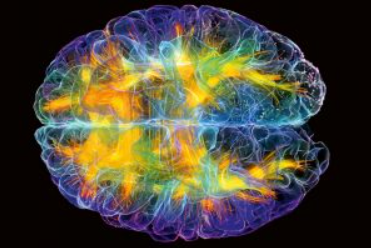
In the realm of healthcare, chiropractic care stands out as a holistic approach that aims not only to alleviate pain but also to enhance mobility and overall well-being. It's often perceived as a complementary or alternative therapy, but its effectiveness in addressing various musculoskeletal issues has garnered significant scientific interest. Let's delve into the science behind chiropractic care and how it contributes to improving pain relief and mobility.
Understanding Chiropractic Care
Chiropractic care revolves around the belief that proper alignment of the spine and musculoskeletal structure allows the body to heal itself without surgery or medication. Chiropractors employ hands-on spinal manipulation and other alternative treatments, with the primary goal of aligning the body's musculoskeletal structure—particularly the spine—to enable the body to heal naturally.
Pain Relief through Spinal Manipulation
One of the fundamental mechanisms through which chiropractic care improves pain is spinal manipulation. This manual therapy involves applying controlled force to joints that have become restricted in their movement. The manipulation aims to restore mobility, alleviate muscle tightness, and alleviate pain.
Research suggests that spinal manipulation may trigger the release of endorphins, the body's natural painkillers, which can help reduce discomfort associated with various conditions, including back pain, neck pain, and headaches. Additionally, spinal manipulation has been shown to modulate pain perception pathways in the brain, providing both short-term and long-term relief for patients.
Enhancing Mobility and Function
Mobility plays a crucial role in maintaining overall health and quality of life. Restricted movement in the spine or other joints can lead to stiffness, reduced range of motion, and functional limitations. Chiropractic adjustments aim to address these issues by restoring proper joint function and mobility.
Through spinal manipulation and other techniques such as mobilization and therapeutic exercises, chiropractors help patients regain flexibility, improve joint function, and enhance overall mobility. By targeting specific areas of restriction or misalignment, chiropractic care can facilitate better movement patterns and posture, thereby reducing the risk of future injuries.
Scientific Evidence Supporting Chiropractic Care
Numerous studies have investigated the efficacy of chiropractic care for managing various musculoskeletal conditions. For instance, a study published in the Journal of Manipulation and Physiological Therapeutics, https://www.jmptonline.org/ , found that chiropractic adjustments were more effective than medication in treating acute neck pain.
Similarly, research published in Spine Journal demonstrated that spinal manipulation combined with exercise therapy was more effective than medication alone for reducing pain and improving function in patients with chronic low back pain.
Moreover, a systematic review published in the European Journal of Pain concluded that chiropractic care was a safe and effective treatment option for managing low back pain, with improvements in pain intensity and disability observed in patients receiving chiropractic interventions.
Conclusion
The science behind chiropractic care provides compelling insights into its effectiveness in improving pain relief and mobility. By targeting the underlying cause of musculoskeletal issues through spinal manipulation and other therapies, chiropractors help patients achieve lasting relief from pain and regain functional mobility.

JP Mawi
Contact Me



